The Shape of Sakura: The History of Hanami
The Shape of Sakura
Japan is known for many things: advanced technology, animation, and especially food. But its most beautiful symbol is undoubtedly sakura. In Japan, cherry blossoms not only symbolize clouds due to their blooming en masse but are also a metaphor for the ephemeral nature of life. Sakura are heavily associated with mono no aware (物の哀れ, literally "the pathos of things"), a term expressing the awareness of mujo (無常, impermanence). Due to this poetic symbolism, cherry blossoms often appear in Japanese art, manga, anime, film, and even at musical performances for ambient effect.
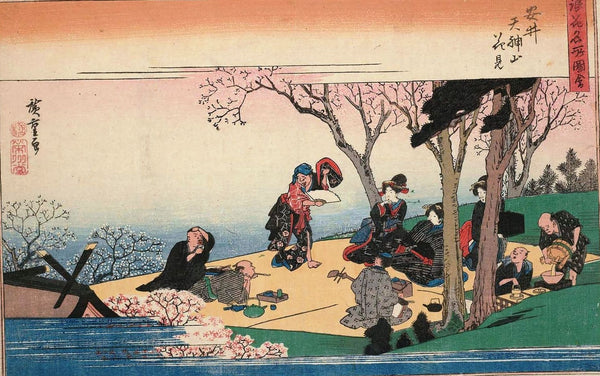
Sakura were originally used to divine that year's harvest as well as announce the rice planting season. People believed gods existed inside sakura trees and would gather to make offerings. At these gatherings, poets would praise the flower’s symbolic and delicate nature as worshippers consumed the food and sake offerings. While ume (Japanese Plum) blossoms were more popularly celebrated during the Nara Period (710–794), sakura came to attract more attention during the Heian Period (794–1185). Emperor Saga of the Heian Period popularized the custom of celebrating sakura by holding flower-viewing parties with sake and food underneath the blossoming branches in the Imperial Court in Kyoto. Thus, the tradition of hanami (花見, flower-viewing) was born.
The View
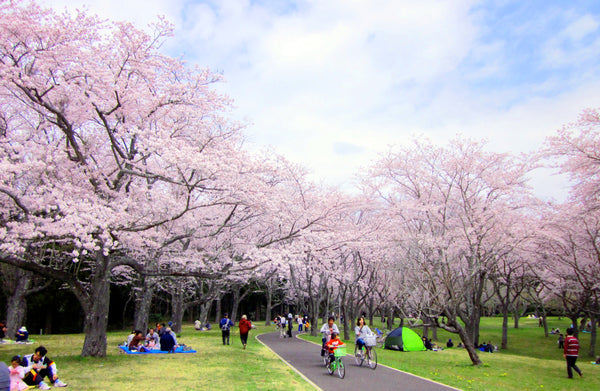
From the end of March to early May, sakura trees bloom all over Japan. There’s even a sakura-zensen forecast (桜前線, sakura blossom) announced each year by the Japan Meteorological Agency. Many viewers tune in to plan their hanami since cherry blossoms bloom for only one to two weeks. In modern-day Japan, hanami consists of having an outdoor party beneath the sakura. Hanami parties held at night are called yozakura (夜桜, night sakura). Across the country, different parks and neighborhoods hang paper or electric lanterns for yozakura spectators.
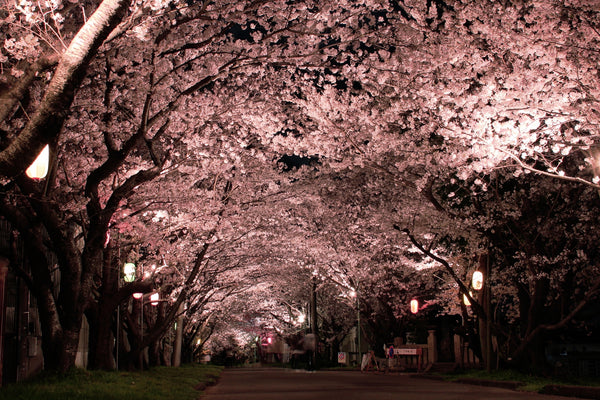
Food Over Flowers
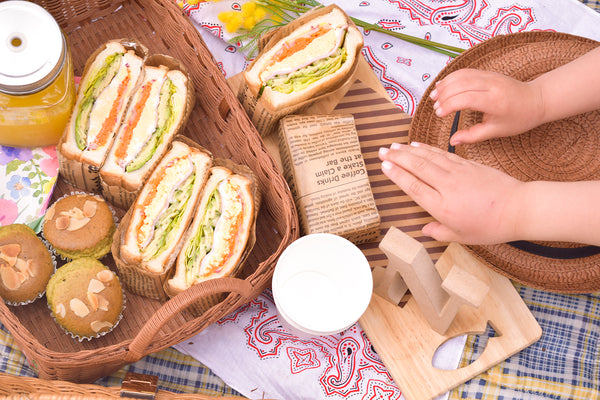
While sakura blossoms are stunning for hanami participants, food is also an important factor. It’s even inspired the phrase hana yori dango (花より団子), meaning literally “dango rice dumplings over flowers” and metaphorically “the tangible rather than the intangible”. This saying can also describe hanami attenders who are mainly focused on eating homemade snacks or food purchased from vendors. This phrase can be ironic since people supposedly come to reflect on the ephemeral nature of the flowers but are more focused on material things like the food. Nonetheless, food has become an integral part of hanami tradition. Popular hanami foods include Hanami Dango (花見団子), Sakura Mochi (桜餅), Chirashi Sushi (ちらし寿司), Inari Sushi (いなり寿司), and Futomaki (太巻き).
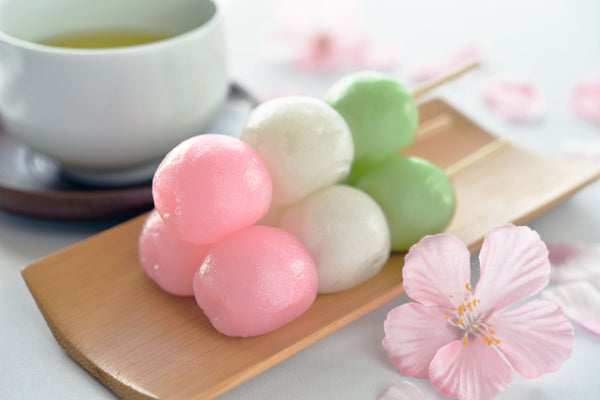
Hanami Dango

Inari sushi
This sakura season, grab yourself a picnic blanket, some company, and pack up some snacks! As you sit underneath the trees, with the sakura petals falling like floral snow, you'll find yourself soaking in pure serenity. There's really nothing quite like the beauty of nature paired with good food and good friends.
Author Bio








